On his first day in Japan, the Australian protagonist of James Pollard's book, Memoirs of a Vending Machine, tries to find his way back to his apartment in Osaka using a vending machine he saw that day as a sign. However it doesn't work well, he gets lost because the machines are everywhere and everything looks the same to him.
One of the first in Japan, with tobacco, was created in 1888 by Takashichi Tawaraya. The oldest surviving vending machine in Japan is also his, from 1904: it was full of stamps and postcards, and can still be seen in the postal museum in the Japanese capital, on the ninth floor of the majestic Skytree.
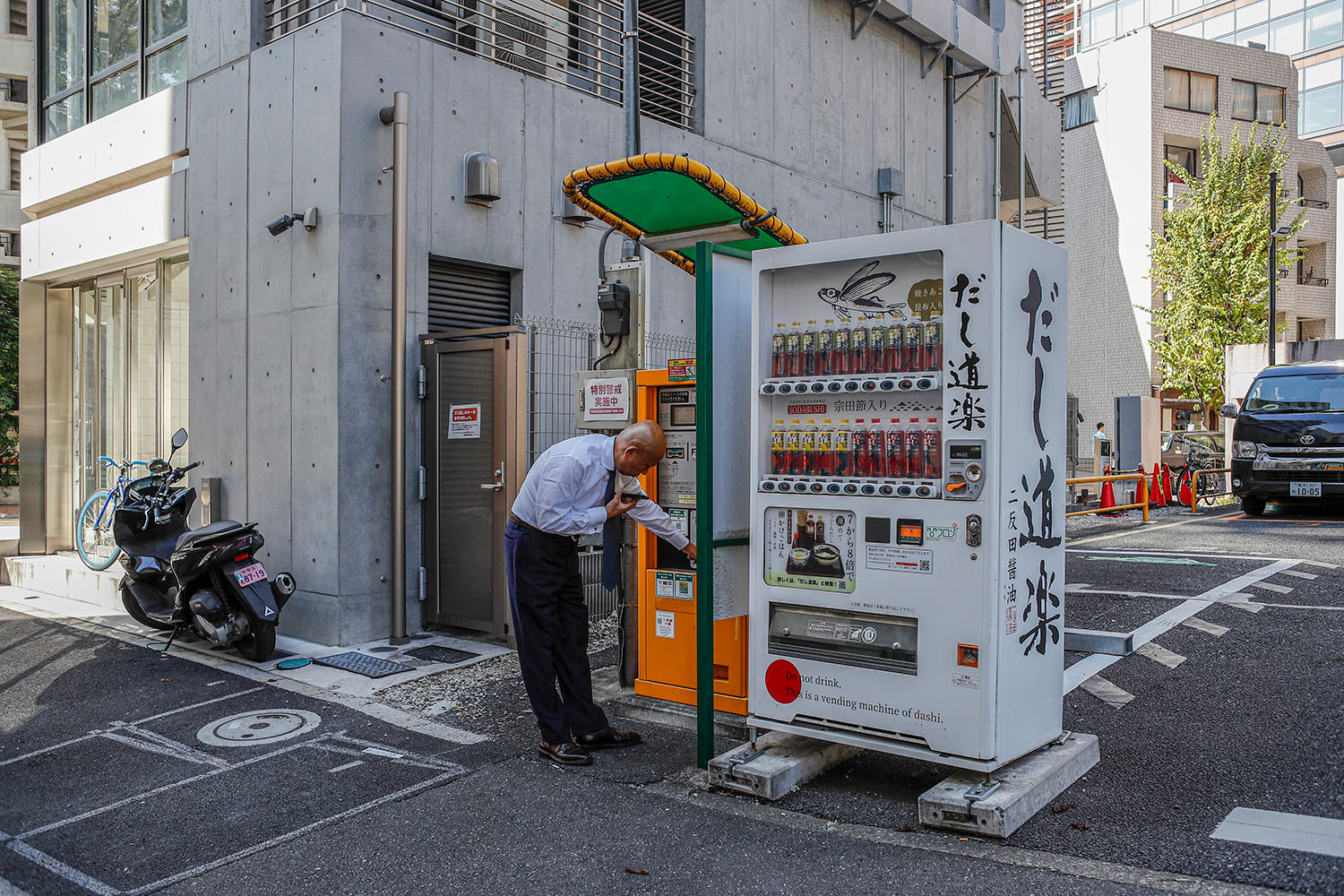
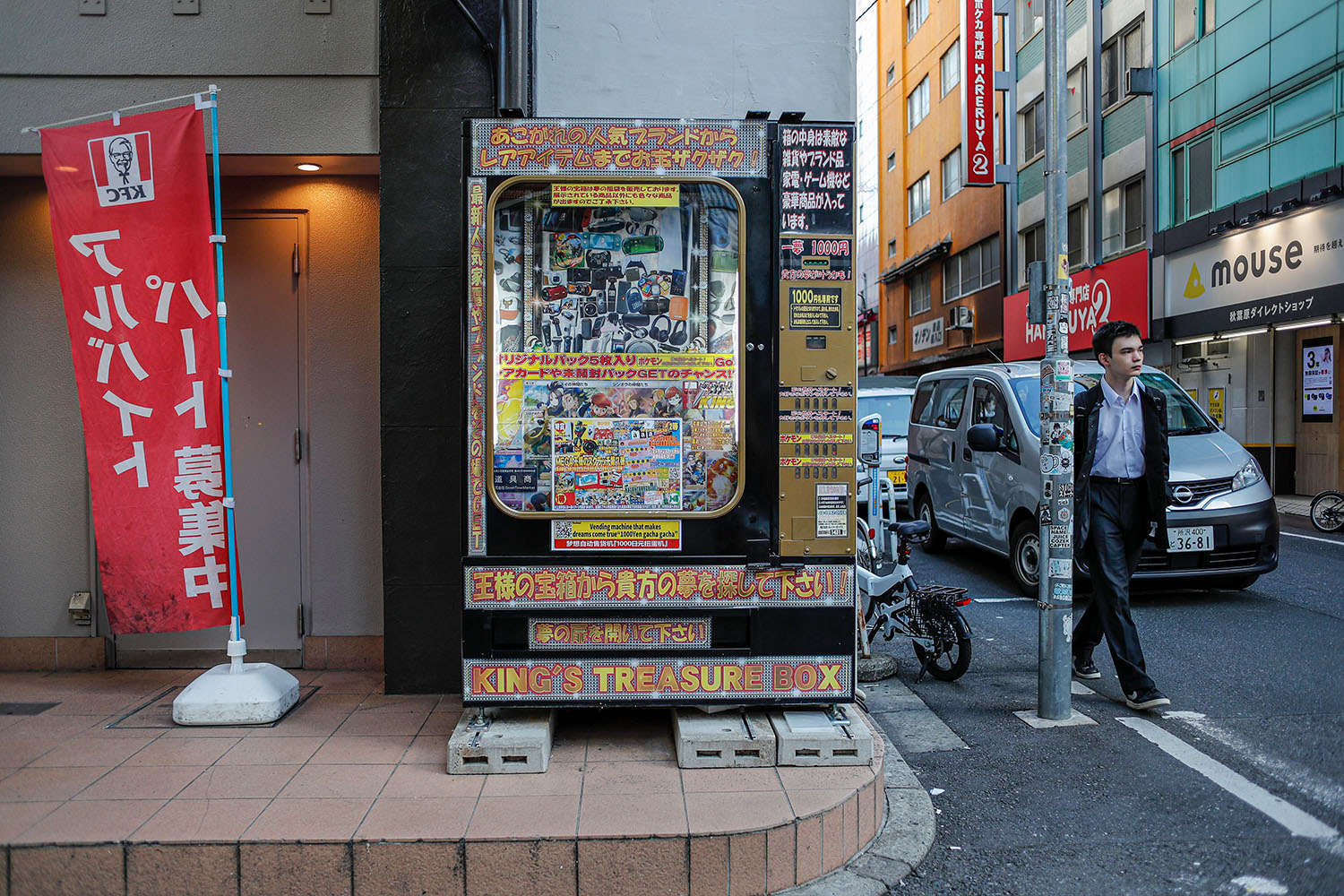
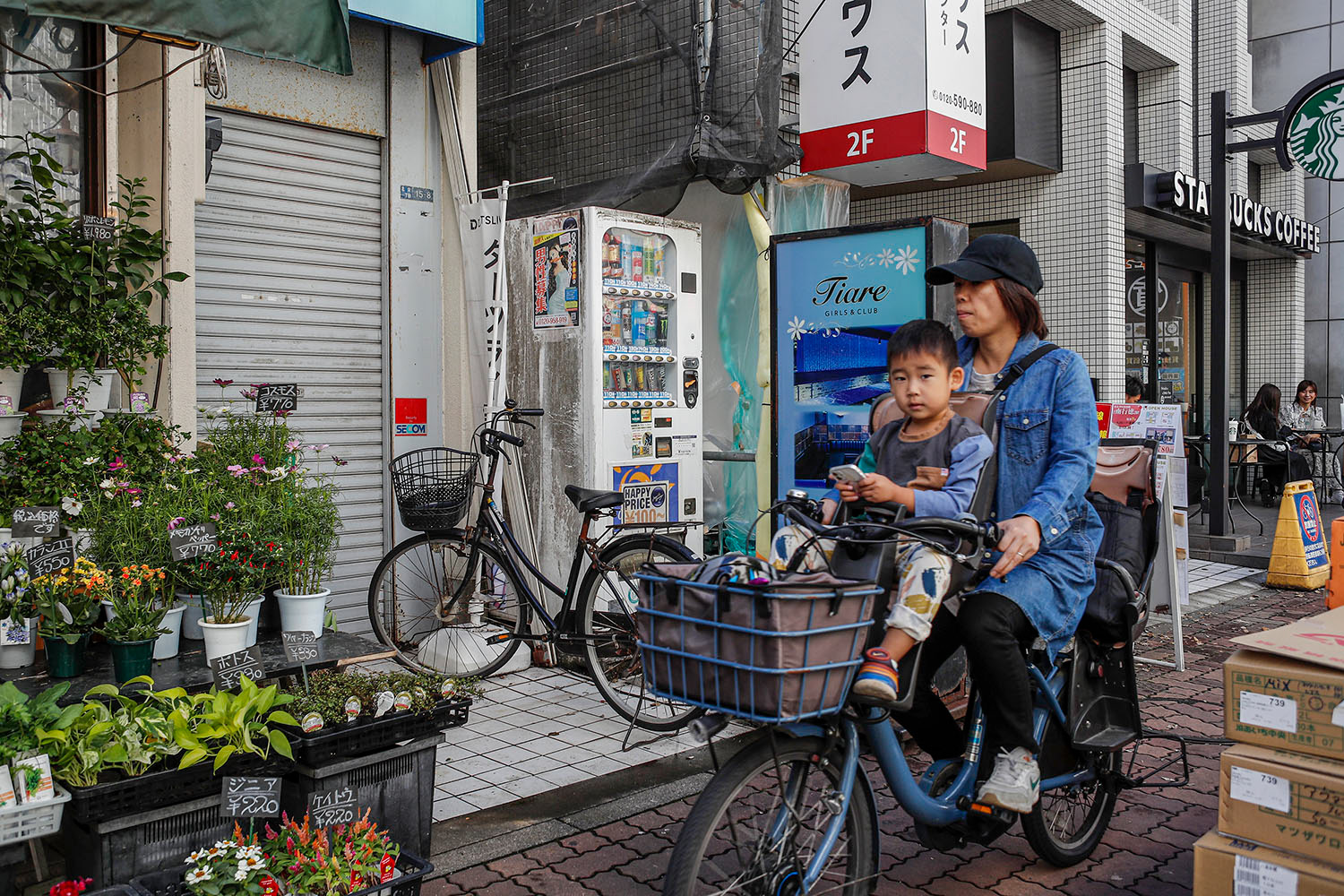
Japan now has more than 4 million vending machines. In the capital Tokyo, you will find dozens of vending machines on almost every street corner.
In the Shibuya business district, you can find many vending machines selling various kinds of goods. Starting from food, drinks, whipped cream, cellphone battery chargers, automatic money exchange, ice cream, to Mystery Box vending machines.
In Roponggi there are also vending machines that sell yakiago or flying fish stock, miso soup seasoning. At Azabujuban, you can get ramen from a vending machine for only 550 Japanese Yen.
When you're thirsty, you can find fresh orange juice squeezed from real fruit in machines in the Urayasu area. Exploring Akihabara, you'll find vending machines selling toys, photo ID cards, and lockers of various sizes.
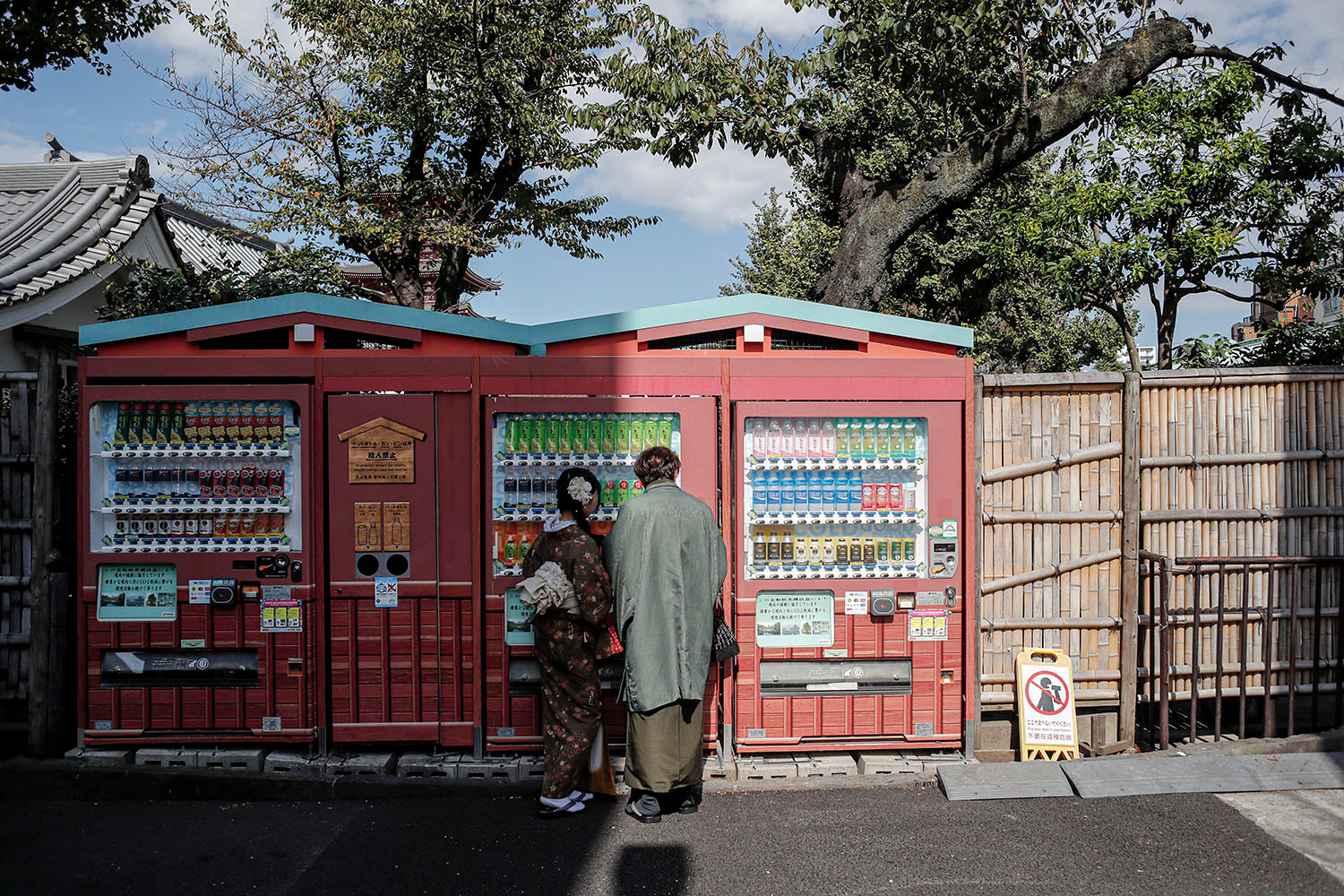
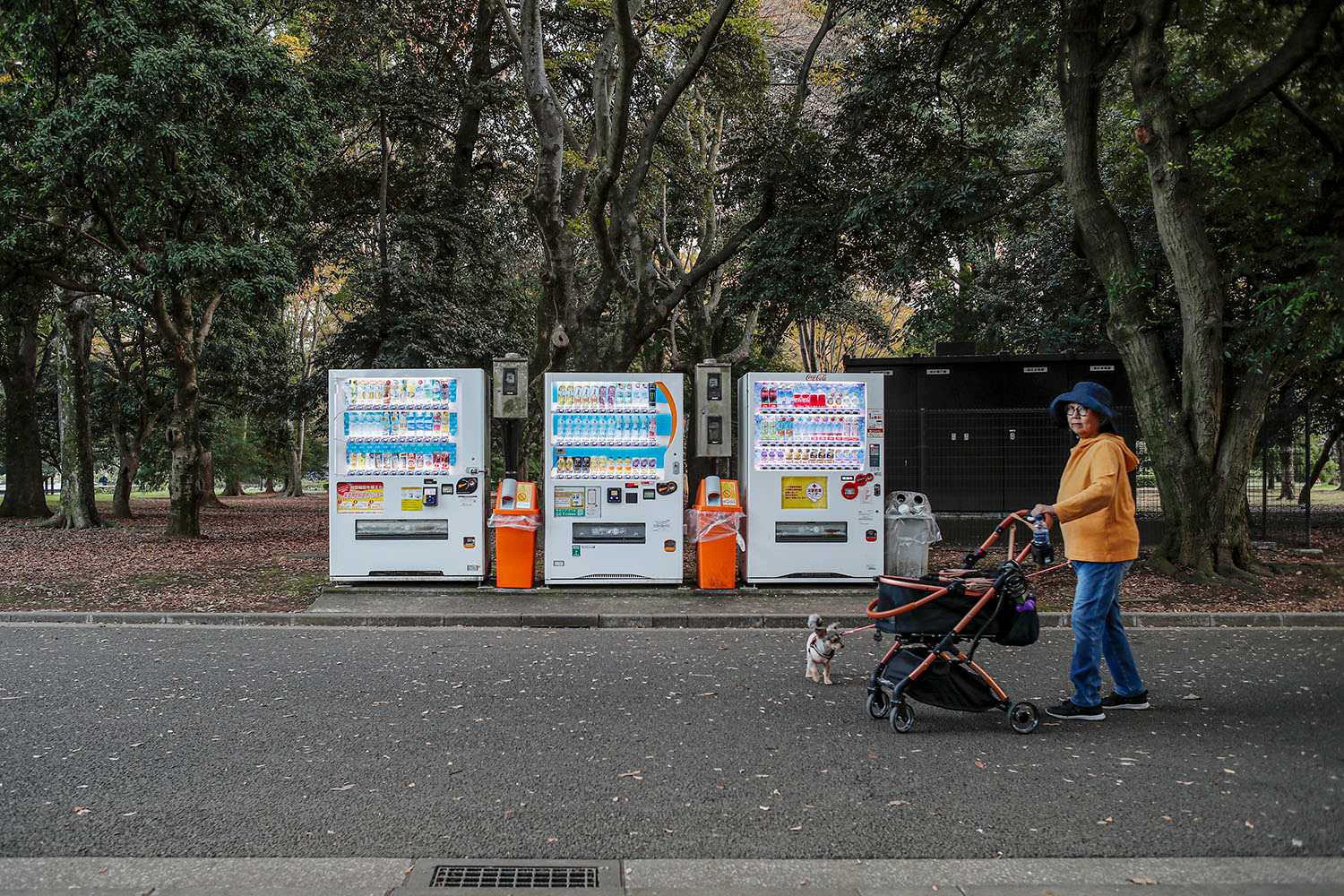
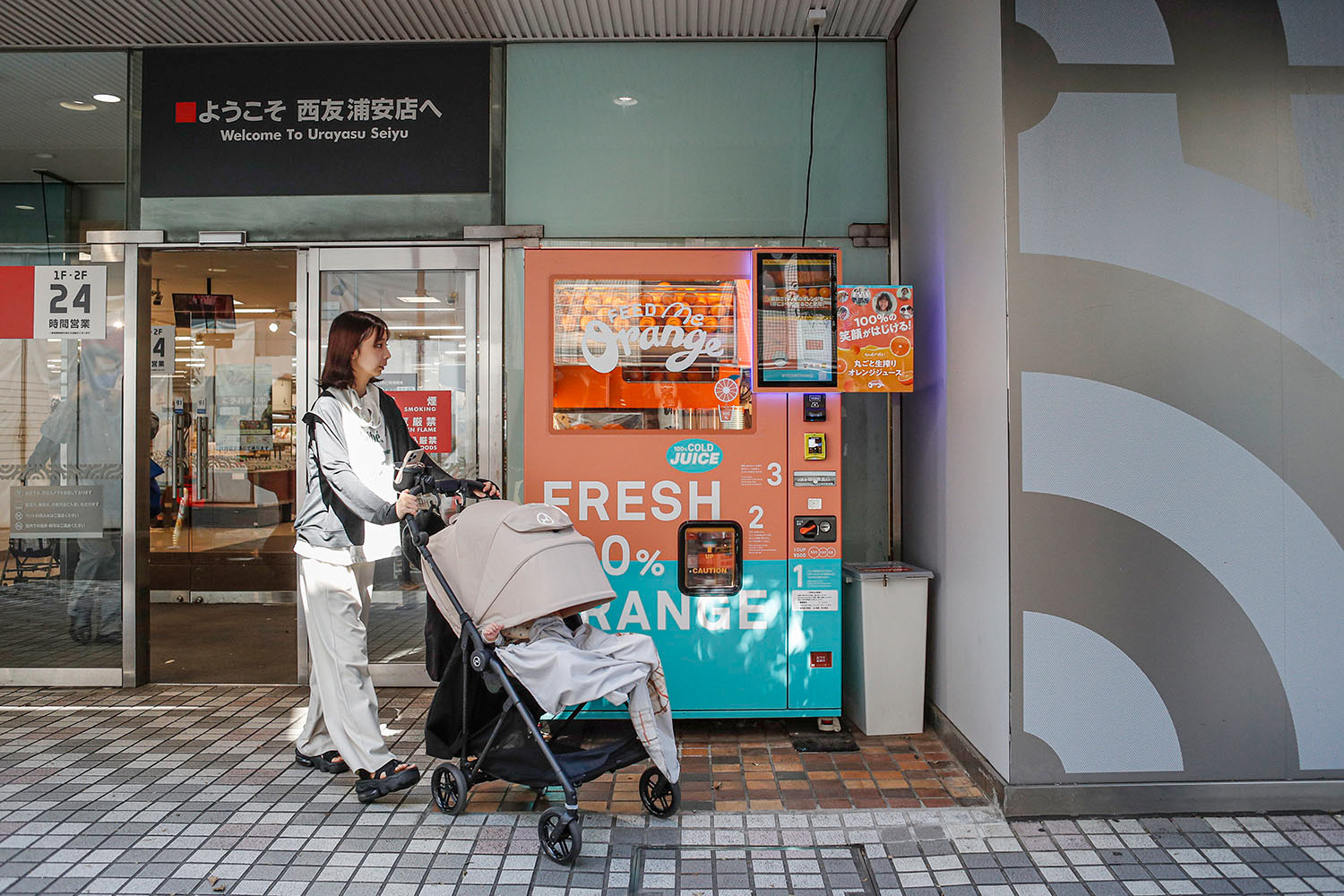


There are also special machines for adults. If you want to buy cigarettes or vapes, you need to scan your ID card to see how old you are. The machine will automatically reject you if you are underage.
Vending machines or jidōhanbaiki have now become an important part of Japanese culture. Japanese people who are used to being fast and practical really rely on this machine in their daily lives. And of course anyone who has visited Japan will know it well.
Part of the text translated from Dutch, written by Ward op den Brouw/NRC.
